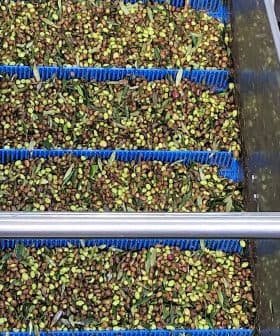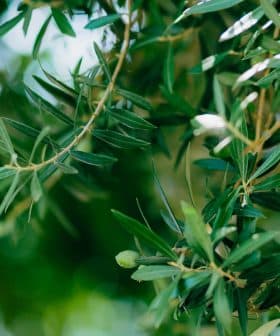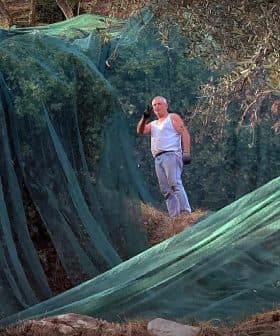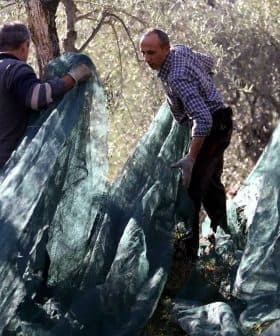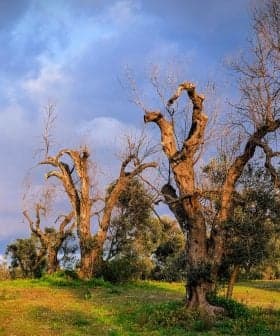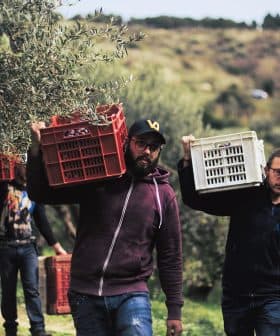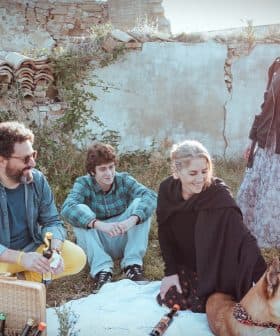Xylella Fastidiosa Containment Protocol Proves Effective in Puglia
Groves following the treatment protocol to prevent the spread of the disease are healthy and produce award-winning olive oil.
 Olive groves near Otranto devastated by Xylella fastidiosa in June 2022
Olive groves near Otranto devastated by Xylella fastidiosa in June 2022  8.1K reads
8.1K readsIn Italy’s Puglia region, olive groves treated with a protocol combining organic treatments and agricultural practices have shown resilience to Xylella fastidiosa, with some groves remaining productive despite the epidemic. The protocol, which includes pruning, organic antibacterial treatments, and vector control, has led to healthy trees and award-winning olive oil, but challenges remain in convincing all farmers to follow the protocol and the financial cost of treatments.
Seven years after deploying a protocol combining organic treatments with a series of other agricultural practices, treated olive groves demonstrate resilience to Xylella fastidiosa.
In Puglia, Italy’s largest olive oil-producing region, which has been ground zero for the country’s devastating Xylella fastidiosa epidemic, dozens of groves remain as productive as ever.
With this protocol, Xylella becomes for the olive tree what downy mildew is for vines.
The trees are healthy and produce award-winning extra virgin olive oil. One farmer involved in the protocol earned Gold Awards at the 2020 and 2021 editions of the NYIOOC World Olive Oil Competition.
The results of the protocol’s deployment were presented at the 14th International Conference on Plant Pathogenic Bacteria in Assisi by the researchers who study the spread of the deadly olive tree bacteria, which causes olive quick decline syndrome.
See Also:New Financial Aid for Apulian Millers Crippled by Xylella Fastidiosa“The protocol is working. When correctly deployed, it provides safe prevention, a shield against the effects of Xylella,” Marco Scortichini, the lead researcher for olives and fruit crops at the Italian Council for Agricultural Research and Economics, told Olive Oil Times.
Scortichini and other researchers published two studies in the Phytopathologia Mediterranea and Pathogens scientific journals in 2018 and 2021, demonstrating the results of the control strategy adopted in Salento, the Apulian territory most severely impacted by Xylella fastidiosa.
During the conference, Scortichini said the concentration of Xylella fastidiosa bacteria in infected and treated trees significantly diminished over time, up to 50 percent less than in infected and untreated trees.
The protocol requires farmers to remove vegetation that provides shelter to the known disease vectors, such as the meadow spittlebug.
They are also asked to periodically prune and spray their trees with an organic antibacterial treatment that has effectively curtailed the spread of Xylella fastidiosa.
In a region where olive growing is as much a family tradition as an economic activity, not all small farmers are ready to follow a systematic approach to which larger farms and companies can more easily adapt.
“Whereas the protocol does not work, failure is always associated with an inefficient approach, where compliance is lost,” Scortichini said. “We need to change their mentality, improve professionalism and be consistent.”
The antibacterial agent stems the spread of the disease in the infected tree. However, it does not eliminate the infection. Researchers are still studying to what degree a treated olive tree, kept healthy and productive by the protocol, might become a source of further infection.
“With this protocol, Xylella becomes for the olive tree what downy mildew is for vines,” Scortichini said. “For the containment to work, you need to deploy the treatment every year and every month between March and September.”
“By developing the protocol, the goal was not to eradicate Xylella, as it is an unfeasible goal, but to control it similarly to other plant diseases,” he added.
Treated groves stand out in the Xylella-hit region; their trees boast a green and healthy crown, often surrounded by the remains of orchards ravaged by Xylella fastidiosa.
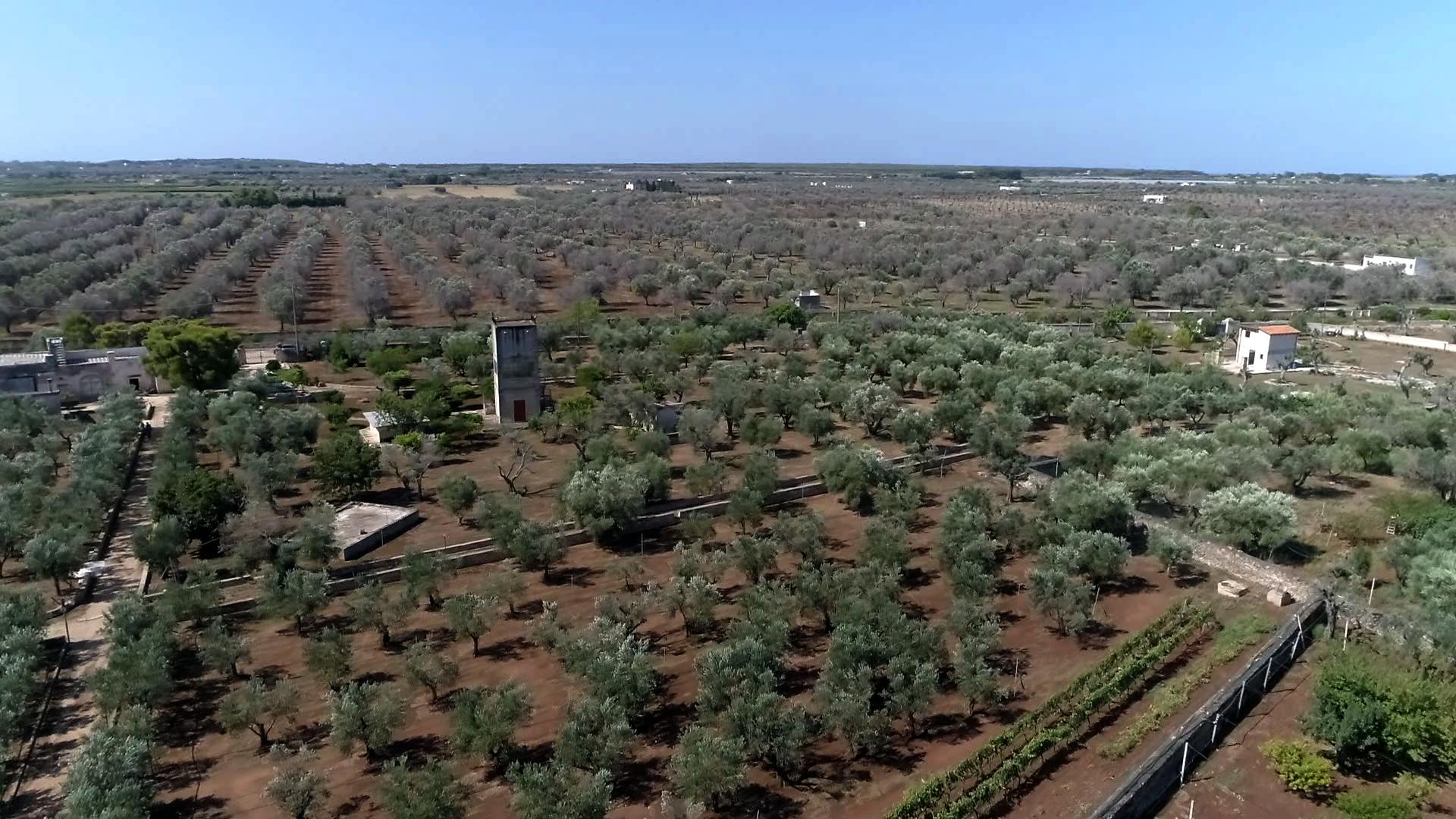
A 10-hectare farm in Nardò in July 2019. Xylella-infected trees are located at the top of the photo, while treated trees are at the bottom.
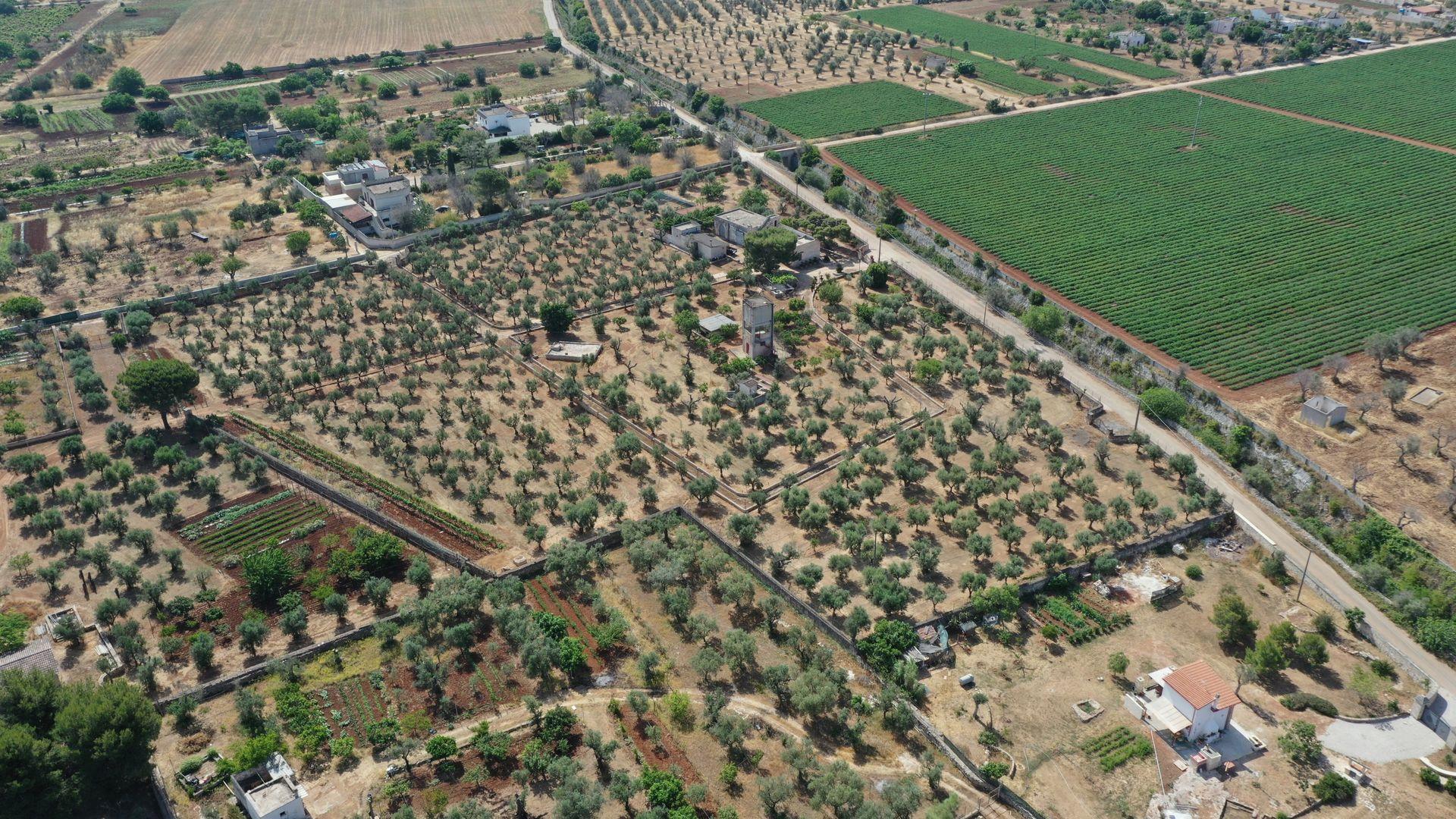
This photo of the same farm from June 2022 demonstrates the treated trees remain healthy. The infected ones were removed and replaced with tomatoes.
“Beating Xylella does not come at a low cost, though,” Francesco Paolo D’Urso, owner of Masseria Curtimaggi, a two-time NYIOOC award winner, told Olive Oil Times.
D’Urso’s farm covers 250 hectares, where he grows approximately 40,000 olive trees. The farm started applying the protocol in 2016, two years after the first discovery of Xylella in the region.
“Every year since then, I have to proceed to treat my trees several times, and the organic product by itself costs me between €35,000 and €40,000 – €150 to €160 per hectare – which means it considerably reduces our final income,” he said.
The treatment price varies between €10 and €15 per liter, which D’Urso believes may have dissuaded some small farmers from implementing it each year.
However, he added that the sight of his olive trees infected with Xylella is too painful to bear, which is why he readily pays for the treatment.
“By exploring dozens of cases where the protocol has been applied, we have determined that its success comes from the consistency of the treatments, pruning and curtailing of the vector insects between February and May,” Scortichini said.
“From the owners of small and medium farms and passionate part-time growers to professional contexts, such as a 10-hectares farm in Nardò or the D’Urso company, those who follow the protocol harvest an average of 30 to 40 quintals [300 to 400 kilograms] per hectare,” he added.
In a region where Xylella fastidiosa has killed hundreds of thousands of trees in less than a decade, farmers who are actively applying the protocol cover an overall surface of 200,000 hectares.
“They grow the traditional local cultivars; nothing has changed, such as Cellina di Nardò or Ogliarola,” D’Urso said. “Thanks to such an extensive treatment area, we can now see the protocol’s results.”
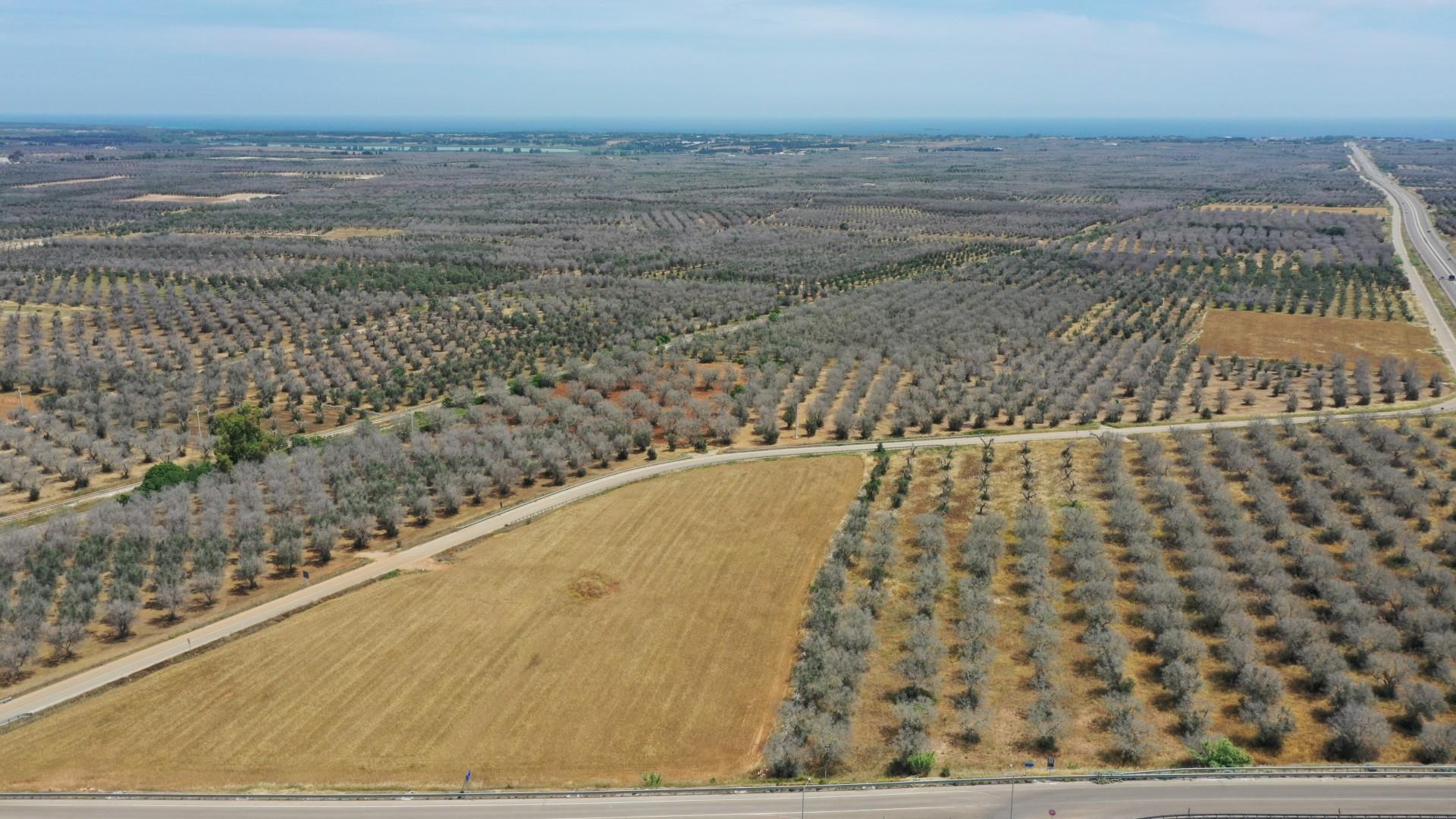
Olive groves near Otranto devastated by Xylella in June 2022
“When we began to deploy the protocol, Xylella was making the headlines,” he added. “There had been a few cases not far from us, and there were meetings with farmers and experts to explore the situation.”
“Since then, around us, there have been so many dead trees, so many orchards have seen their productivity fall, and their trees get sick because of Xylella,” D’Urso continued.
One of the challenges testing the resilience of local farmers has been dealing with abandoned or semi-abandoned olive groves, where these treatments are not being applied.
“Many large landowners did not maintain their properties, and that made it easier for the vector insect to multiply,” D’Urso said. “At the beginning, many opposed the idea to remove the infected plants.”
Regional and national laws and regulations now require landowners to follow these practices.
According to D’Urso, among the advantages of the protocol is its efficacy in combating another significant pest, the olive fruit fly.
“We have seen that applying that protocol and adding a few other organic solutions, we can drastically curb the reproduction of the olive fruit fly,” he said.
Researchers at the University of Padova have also confirmed his observations.
“By working in lab conditions to curtail the olive fruit fly, they deployed a series of sustainable solutions and conventional products,” Scortichini said. “They found the Xylella antibacterial product is almost as efficient as the long-used chemicals.”
“The reason is the antibacterial charge of the product, which kills bacteria whose proteins feed the fruit fly larvae,” he added.
The antibacterial treatment has also proven effective against the brown marmorated stink bug, which is responsible for damaging olive groves in southern Europe and several other crops.
According to Scortichini and D’Urso, the Xylella treatment protocol should continue to be explored to prevent further damage.
“It might not be the definitive solution, but it can be part of a broader effort,” D’Urso said. “Two of our trees were recently found to be potentially infected by new aerial detection systems that can quickly scan hundreds of trees to reveal potentially infected ones.”
“After the scan, experts came to our fields to take samples, and we are now waiting to know the result of their analysis, to know if Xylella was found,” he added.
The most significant challenges for local growers are the relatively low extra virgin olive oil prices compared to the historic highs between 2016 and 2018 and the rules applied in the Xylella-affected areas that do not take the individual prevention methods deployed by farmers into account.
“The local authorities are now asking farmers to apply a product based on pyrethrum which can cost up to €70 per liter,” D’Urso concluded. “A mandatory treatment whose rationale is unintelligible for a farm like ours, where Xylella has been actively and efficiently contained for several years now.”
Share this article


